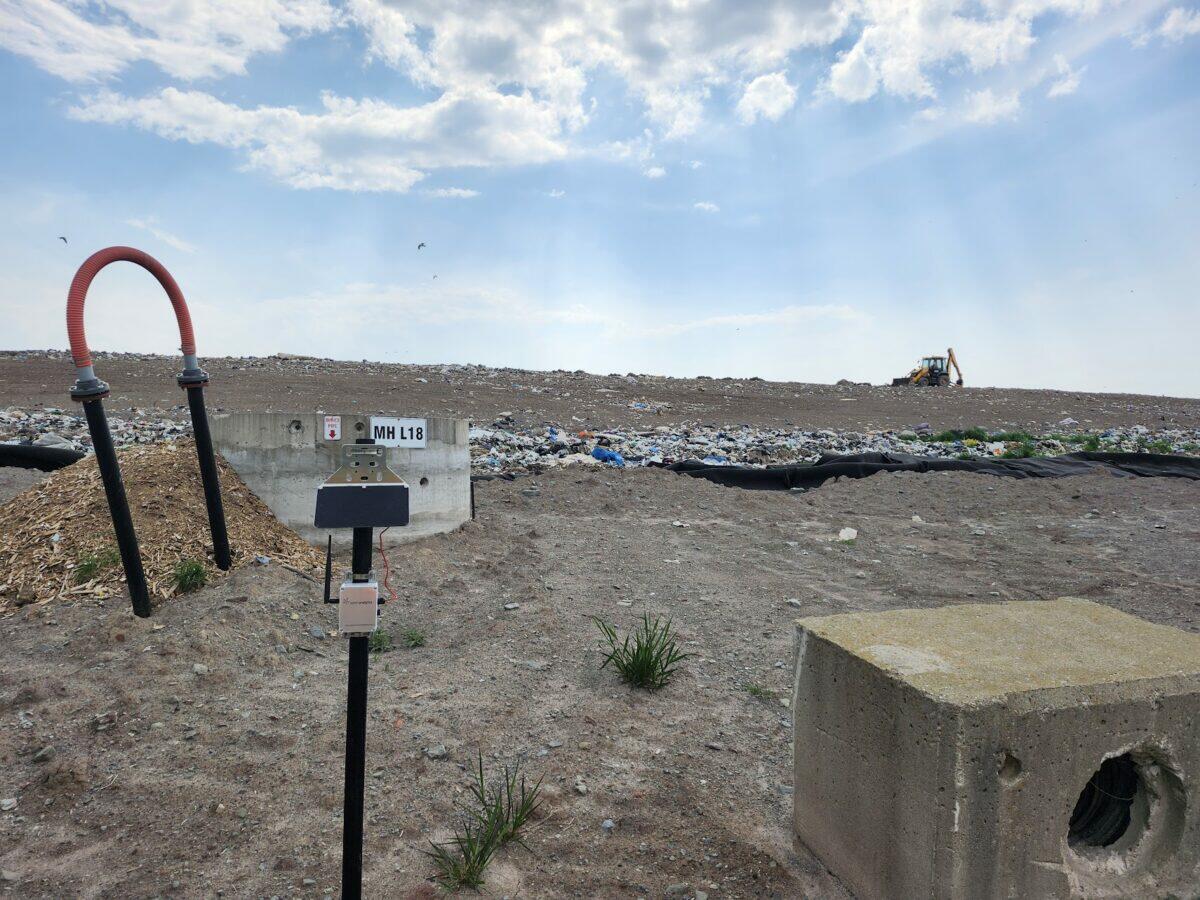Case Studies
Case Study: Gas Monitoring at Landfills
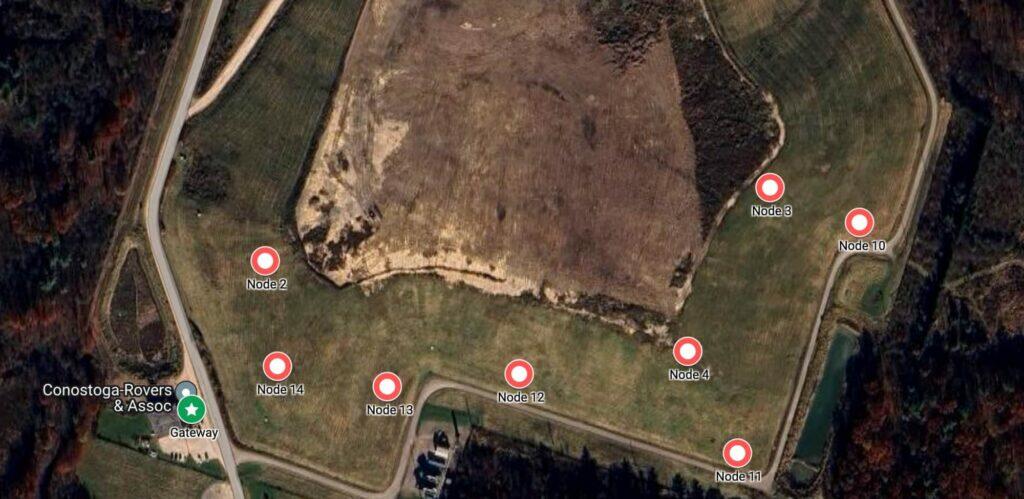
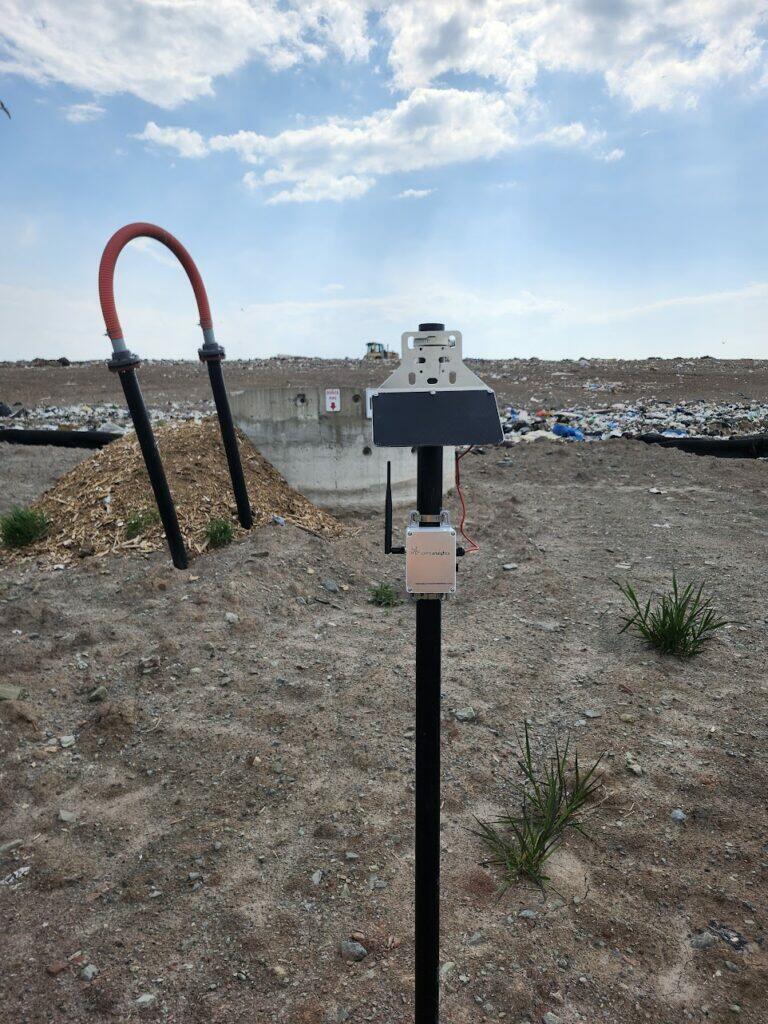
Methane is an extremely potent greenhouse gas that has 80 times the warming potential of carbon dioxide. Given its massive impact on climate change, governments around the world are racing to pass regulations that require strict monitoring of its emissions and atmospheric concentration.
The industries targeted by those monitoring regulations are Petroleum, Mining, and Waste Management. The common denominator among those sectors is that they all operate major facilities in areas that have a limited telecommunications infrastructure, and are therefore limited to manual methane measurement using handheld sensors, a process which is expensive, time consuming and produces intermittent readings. In some facilities, continuous monitoring can be carried out, but it requires laying thousands of feet of cables to connect sensors to a SCADA hub, or using LoRaWAN wireless sensors which have a very limited range.
“We have no idea how we’ll be able to meet those regulations once they kick in.”
Senior Project Manager at a major landfill in Ontario, Canada
Spero Analytics’ continuous monitoring mesh network solves all those problems.
To prove that, we deployed a large gas monitoring network at a major landfill in Ontario, Canada to provide operators with real-time, cost-effective methane surveillance on-site with no need for cellular connectivity. The network ran continuously with 100% uptime, despite the landfill’s IT systems being offline. Data from the network detected a methane hot spot and generated a wealth of information on methane emissions at the landfill. As we continue working with the waste management sector, we aim to become their go-to source for gas monitoring and real-time, off-grid environmental surveillance.
Case Study: Monitoring Rainwater Harvesting Systems
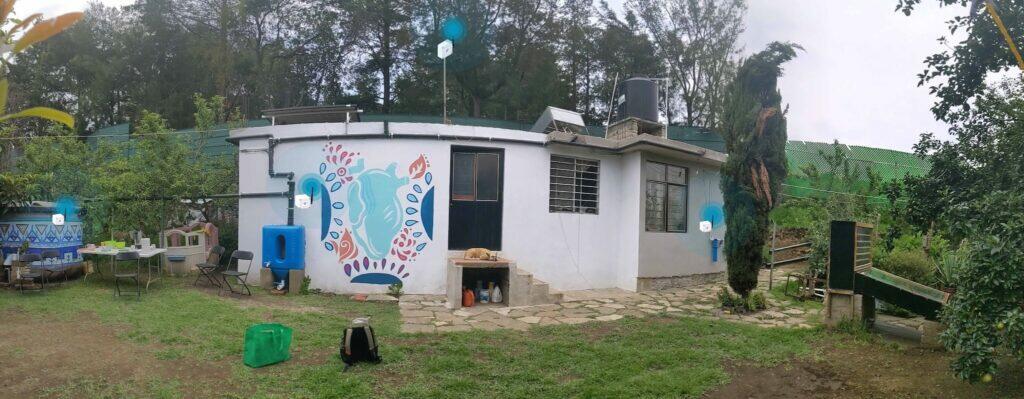
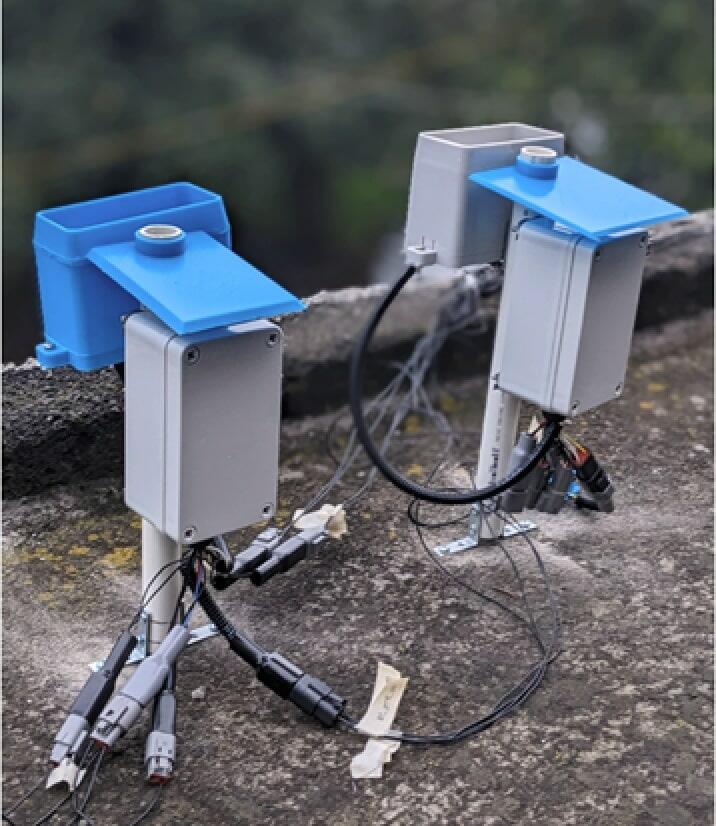
Mexico City, one of the world’s most populated cities, is currently in the midst of a water crisis that threatens the health and well-being of its 20 million inhabitants. The problem is particularly acute in peri-urban areas, which are largely disconnected from municipal water distribution networks.
Isla Urbana is a Mexican NGO which is helping solve this major problem by installing rainwater harvesting systems in homes and schools across the country. To date, they have installed over 3,200 systems.
One of the challenges Isla Urbana faces, however, is regular monitoring and maintenance of those systems. Currently, this monitoring is done manually by evaluators, who visit the installation sites periodically. Given the inaccessibility and remoteness of some of the homes where those systems are installed, this process is tedious and cannot be done frequently enough to detect problems with the systems. Wireless monitoring is infeasible due to the lack of strong cellular coverage in many of the communities where the systems are installed.
Spero Analytics is helping Isla Urbana solve this problem by deploying mesh networks equipped with water level sensors and rain gauges to monitor the performance of their rainwater harvesters. Through a collaboration with researchers at the University of Toronto, we hope to provide Isla Urbana with real-time insights on their systems, thereby minimizing the need for manual auditing and freeing their resources to focus on installing more harvesters across the country.
